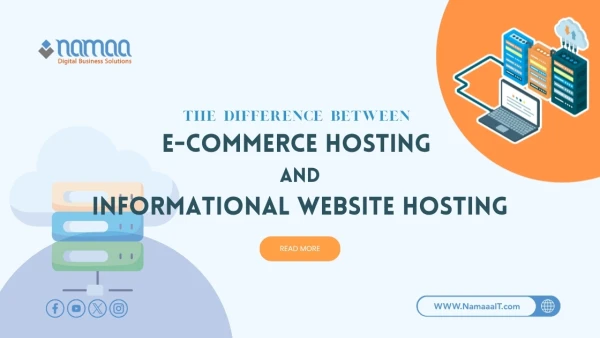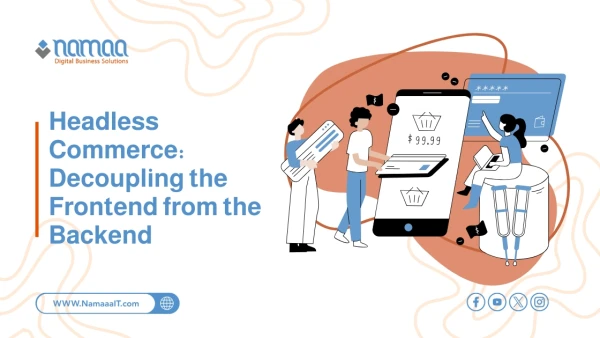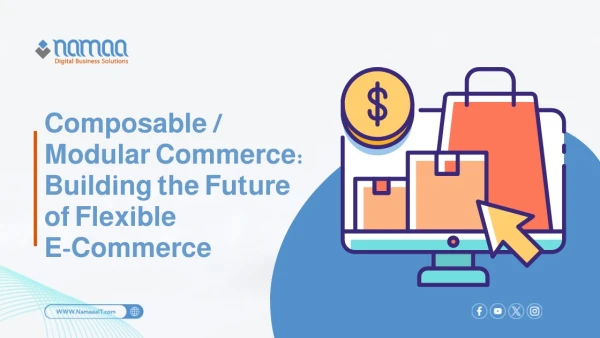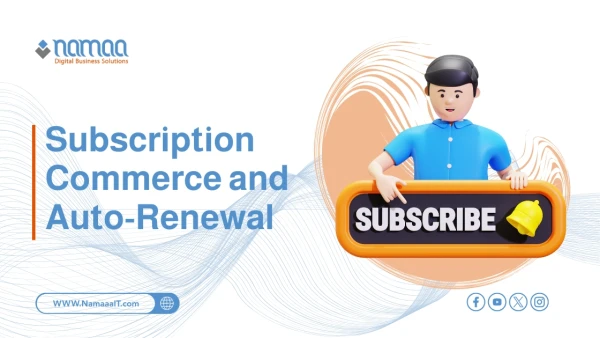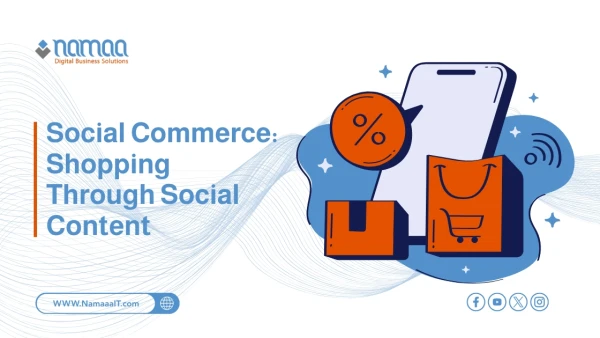Getting a product delivered within a few days is no longer enough to satisfy today’s customer. Expectations have changed drastically consumers now want their orders almost instantly. This is where Instant Commerce (Quick Commerce) comes in, offering ultra-fast delivery, often within an hour. This transformation is not a luxury anymore it’s a strategic necessity for stores aiming to stay competitive. By adopting quick commerce, online retailers can significantly boost customer satisfaction, build loyalty, and unlock new sales opportunities in a market driven by speed and efficiency.
What is Quick Commerce (Q-Commerce)?
Quick Commerce (Q-Commerce) is an advanced model of eCommerce that focuses primarily on speed of delivery, usually ranging between 10 to 60 minutes. It’s designed to meet consumers’ immediate needs and typically focuses on daily essentials such as groceries, medicines, snacks, and basic household items that customers don’t want to wait days to receive.
How Does the Quick Commerce Model Work?
The Quick Commerce model relies on a network of small warehouses or dark stores strategically located within residential areas to ensure fast coverage and short delivery times. Once an order is placed through the app, it’s immediately prepared at the nearest dark store and handed off to a delivery partner often on a motorbike or bicycle to avoid traffic and ensure lightning-fast delivery.
Difference Between Traditional eCommerce and Quick Commerce
The key difference lies in time and product type. While traditional eCommerce focuses on offering a wide variety of products with delivery times ranging from one to several days, Quick Commerce prioritizes speed, focusing on high-demand essentials.
Criteria | Traditional eCommerce | Quick Commerce
Delivery Speed | 1–7 days | Less than 1 hour
Product Range | Broad (electronics, fashion, furniture) | Limited, high-demand (groceries, medicine)
Business Model | Large central warehouses | Small dark stores within cities
Main Focus | Variety & pricing | Speed & instant fulfillment
Why is Delivery Speed So Important in Customer Purchase Decisions?
Delivery speed is a decisive factor influencing customers’ buying decisions. Shoppers today expect not only product quality but also immediate fulfillment. Ultra-fast delivery enhances satisfaction, builds loyalty, and gives online stores a strong competitive edge, especially when addressing urgent customer needs.
How to Choose the Right Delivery Partner for Quick Commerce
Choosing the right logistics partner is crucial for success. Store owners should look for partners who balance speed, efficiency, and reasonable cost. Key criteria include speed and reliability, geographic coverage, advanced technology for live tracking and communication, and responsive customer service to resolve issues quickly.
The Role of Dark Stores in Quick Commerce
Dark stores are the backbone of quick commerce small fulfillment centers optimized for online orders, not walk-in customers. Their key roles include strategic locations close to residential areas to minimize delivery distance, optimized design for fast order picking and packing, and smart inventory management focused on high-demand products to avoid delays.
How to Enhance Customer Experience with Fast Delivery
While speed is central, the overall delivery experience also matters. A great quick commerce experience covers every touchpoint from order confirmation to final delivery. Best practices include clear communication with real-time updates, live order tracking, high-quality packaging that protects items, and professional delivery staff who represent the brand well.
Efficient Inventory Management in Quick Commerce
Success in Quick Commerce requires real-time inventory management to avoid stockouts or overstocking. Key practices include using modern inventory management systems with live updates, leveraging data analytics and AI to forecast demand by area and season, and organizing products strategically for faster order preparation.
Using Customer Data to Improve Quick Commerce Services
Customer data is a powerful tool for refining instant commerce operations. By analyzing purchase behavior, stores can personalize offers, improve stock planning, and enhance service quality. Applications include personalized promotions, localized stocking based on neighborhood demand, and collecting post-delivery feedback for continuous improvement.
FAQs
- Is Quick Commerce profitable in the long run? Profitability can be challenging due to high operational costs, but it’s achievable through optimized logistics, efficient dark store management, and strong customer retention.
- How does Quick Commerce impact the environment? Increased delivery frequency can raise emissions and packaging waste. Many companies are responding with eco-friendly practices, such as electric vehicles and recyclable packaging.
- What role does AI play in Quick Commerce? AI enhances efficiency by predicting demand, optimizing routes, and improving stock accuracy reducing both time and cost.
- Can small traditional stores adopt Quick Commerce? Yes. Small retailers can partner with established quick-delivery platforms to access technology and delivery networks without heavy investment.
Summary
✅ The Quick Commerce market in the GCC is expected to grow from $4 billion to $15 billion by 2030.
✅ Fast and reliable delivery directly influences customer trust and purchasing decisions.
✅ Quick Commerce currently represents 10% of total eCommerce in the Gulf, with rapid growth ahead.
✅ Globally, the Quick Commerce market is projected to rise from $73.9 billion in 2025 to $582.6 billion by 2032.
✅ “Next-day delivery” is no longer enough — the market is shifting toward same-hour and even 20-minute delivery windows.

.webp)


